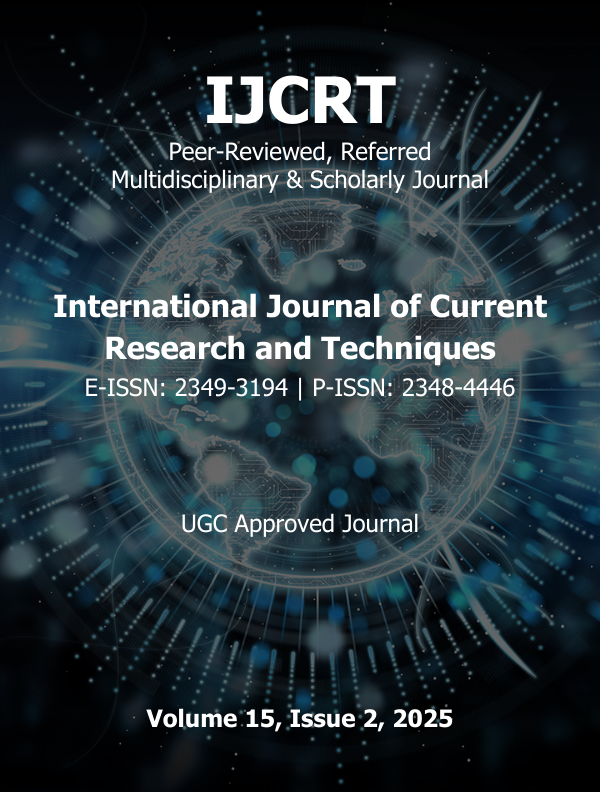Hybrid Explainable AI Based Investigation of the Genetic Basis of Leukemia Using Maladaptive Learning
Published 2025-05-01
Keywords
- Genetic Basis,
- Leukemia,
- Gene Expression Data,
- Deep Learning,
- Feedforward Neural Network
- Machine Learning,
- Classification,
- Cancer Diagnosis,
- Bioinformatics,
- Maladaptive Learning,
- Genomics Analysis ...More
How to Cite
Copyright (c) 2025 IJCRT Research Journal | UGC Approved and UGC Care Journal | Scopus Indexed Journal Norms

This work is licensed under a Creative Commons Attribution 4.0 International License.
Abstract
Leukemia, a complex hematological malignancy, is driven by genetic mutations that disrupt normal blood cell development. Identifying genetic markers is essential for diagnosis and targeted treatment. The machine learning models that are typically used to analyze genetics, such as AI, are non- interpretable and hence do not enter into the clinical space. This paper proposes a Hybrid Explainable AI framework combining SHAP (SHapley Additive exPlanations) and LIME (Local Interpretable Model-agnostic Explanations) to interpret machine learning methods used to identify genetic markers in leukemia. The gene expression datasets are used to train machine learning classifiers to distinguish leukemia subtypes and SHAP for global interpretation and LIME for case-wise local explanation of the classifiers. The hybrid XAI approach made model decisions more transparent to the end-user and revealed gene markers in the dataset consistent with leukemia types. Lastly, the hybrid model may enhance clinical trust, complement the personalized framework, and contribute to the generalizability of XAI in real-world clinical diagnosis.

